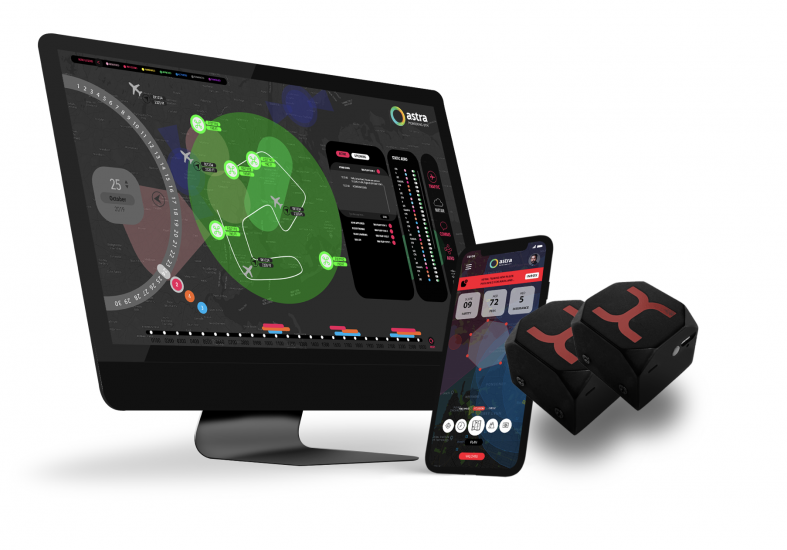Astra UTM has implemented ASTM F3411-19 – Standard Specification for Remote ID & Tracking – in line with the company’s vision to align with global standards that facilitate faster adoption of Unmanned Traffic Management (UTM) services. The standard covers the performance requirements for remote identification (Remote ID) of unmanned aircraft systems (UAS) dealing specifically with message formats, transmission methods, and minimum performance standards for two forms of Remote ID: broadcast and network.
Broadcast Remote ID is based on the transmission of radio signals directly from a UAS to receivers in the UAS’s vicinity whereas Network Remote ID is based on communication by means of the internet from a network Remote ID service provider that interfaces directly or indirectly with the UAS, or with other sources in the case of non-equipped network participants.
Astra UTM has deployed a test version of its system in line with the required capabilities set out in the Remote ID standard, such as DSS (Discovery and Synchronisation Service) and USS to USS Data Exchange Protocol. The system also meets the performance requirements as defined by the ASTM standard. Additionally, Astra UTM has launched upgraded versions of its cellular based-UAS transponders as per the standard-prescribed message formats, transmission methods and performance requirements.
According to Asam Khan, Founder & CEO at Astra UTM, “We believe that establishment and adherence to standardised Remote ID – and more specifically standardised Networked RID along with USS interoperability will serve as the true enablers of scalable drone operations. With standards like ASTM F3411-19 and recently proposed regulatory packages, we are getting closer to seeing BVLOS operations at scale”
For more information visit:




